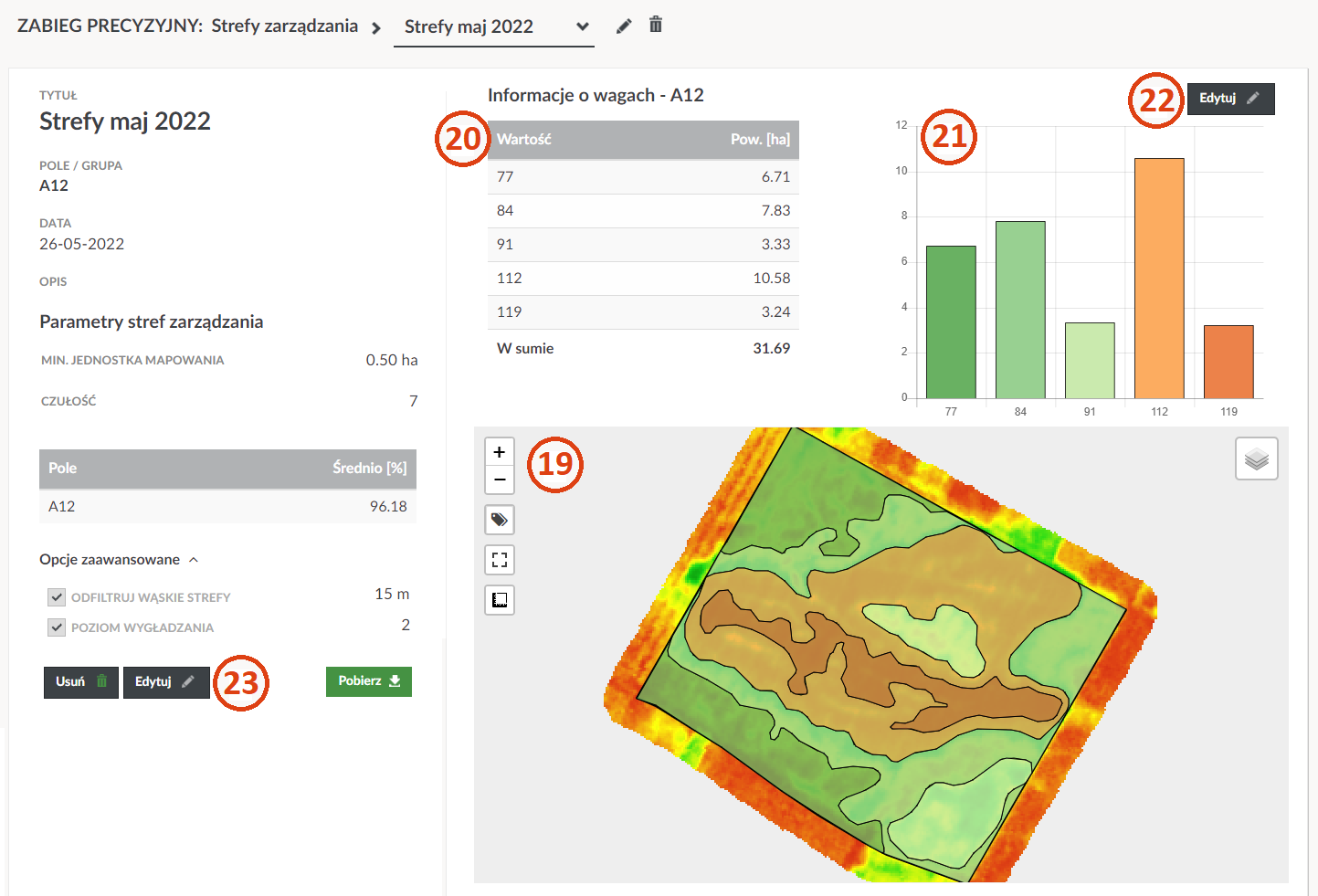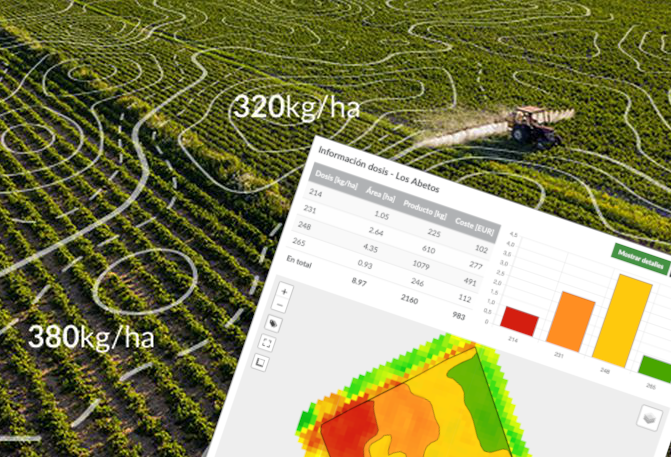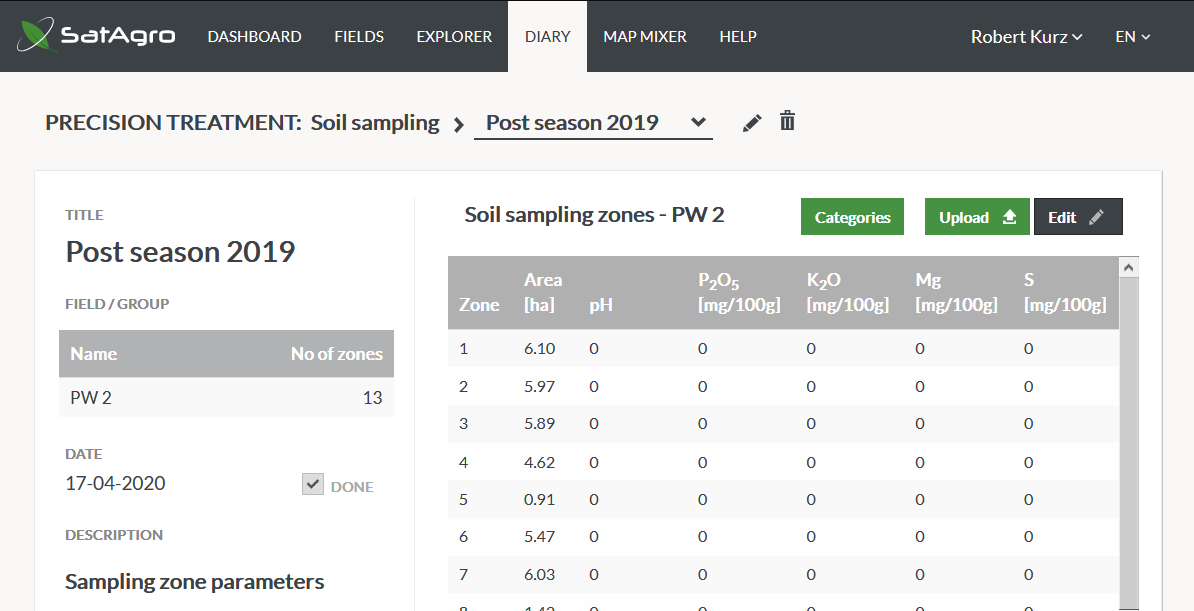Planes de abonado

El plan de abonado define las cantidades óptimas de nutrientes básicos que deben suministrarse al cultivo para proporcionarle las condiciones adecuadas para su crecimiento permitiendo disminuir el impacto ambiental de la aplicación en los suelos agrarios de productos fertilizantes. Un plan de abonado correctamente elaborado requiere tener en cuenta las necesidades de nutrientes para un determinado cultivo junto con la estimación de la cantidad de nutrientes actualmente disponibles en el suelo. Los planes de abonado deben especificar las dosis para cada uno de los nutrientes (N, P, K y Mg) junto con las necesidades de encalado y pueden elaborarse por escrito…






